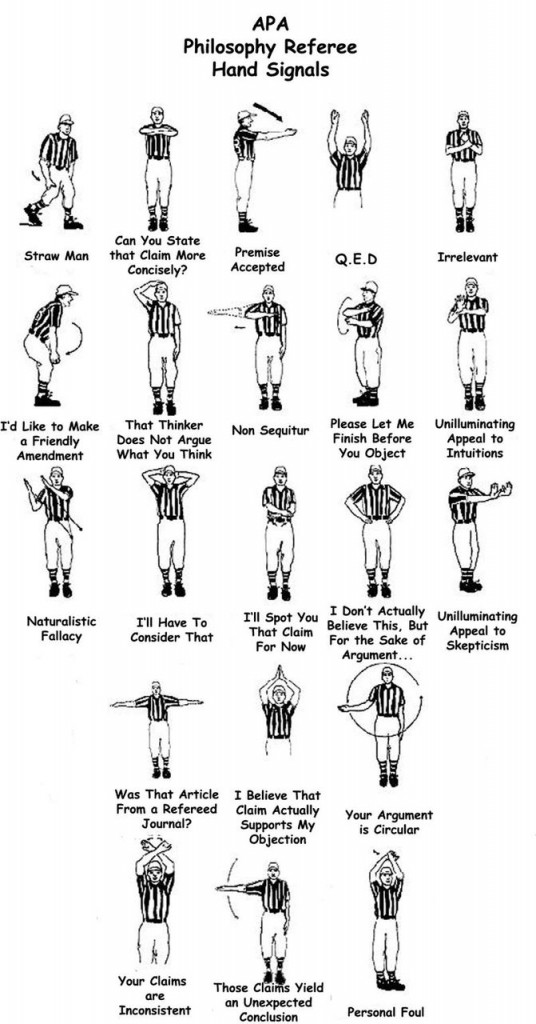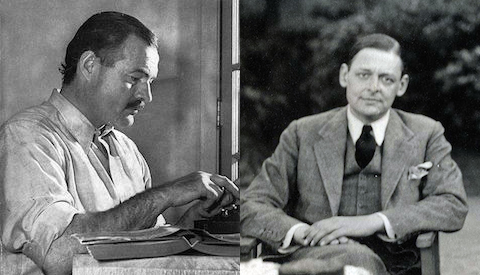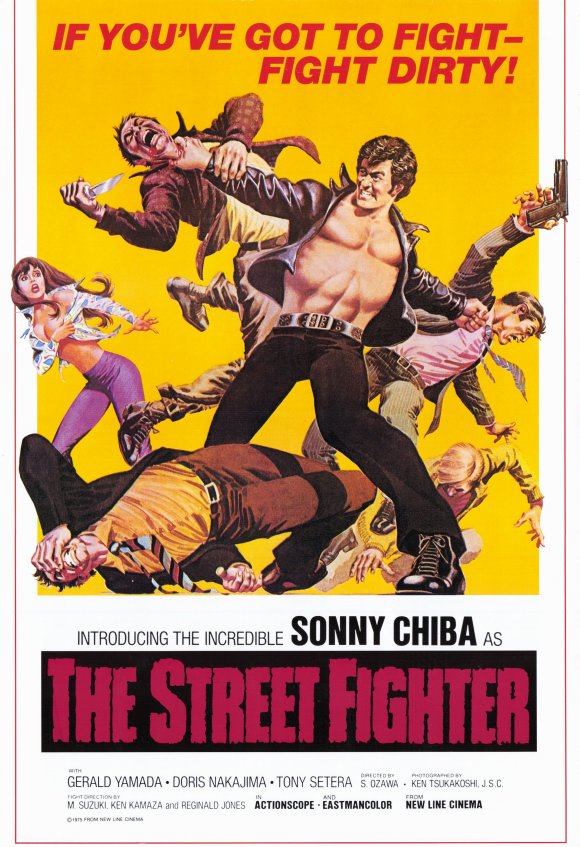We’ve previously featured the impressionist work of Jim Meskimen on Open Culture, particularly his fab reading of a monologue from Shakespeare’s Richard III in 25 celebrity voices. It includes everyone from Woody Allen to Jack Nicholson to Droopy Dog. Today he returns on a more solemn occasion. In the voice of Robin Williams, Meskimen reads a poem he wrote to the dearly departed comedian. You can watch it above. His poem appears below:
IN MEMORY OF ROBIN WILLIAMS
by Jim Meskimen
THEY DIDN’T BURN ALL THE PIANOS
WHEN FREDRICK CHOPIN DIED
DIDN’T OUTLAW OIL PAINTS
WHEN PICASSO TOOK HIS FINAL RIDE
NO ONE PUT A STOP TO BASEBALL
WHEN MICKEY MANTLE’S TIME WAS UP
OR BANNED ALL RUSSIAN NOVELS
WHEN TOLSTOY WENT BELLY UP
ON SHAKESPEARE’S DEATH, NOBODY SAID
“NOW HATH ARRIVED THE DAY–
FROM THIS POINT HENCE LET NONE DARE
PUT FORTH PEN TO WRITE A PLAY!”
WE CELEBRATE WHAT’S LEFT
BY THE DEPARTED, IT’S OUR CHOICE
YET IT DOES SEEM SACRILIGEOUS
TO DO ROBIN WILLIAM’S VOICE
A VOICE THAT WAS DESIGNED TO SOOTHE,
SOFT, DEEP TONES TO RESONATE
AND CASCADE GENTLY OUTWARD
FROM BEHIND A SMILING FACE
A VOICE THAT COULD ACCELERATE
TO CATCH UP WITH THE MIND
LIKE SHIFTING INTO OVERDRIVE
TO NOT GET LEFT BEHIND
A VOICE THAT COULD CHANGE CHARACTER
LIKE SECONDS ON A CLOCK
OR HIJACK NATIONALITIES
FOR A SPIN AROUND THE BLOCK
SHIFT AGE, SHIFT VIEWPOINT, SHIFT I.Q.,
WHATEVER’S NOT NAILED DOWN
DESTROY, REBUILD, DESTROY AGAIN,
A FORMIDABLE CLOWN
WE’LL HEAR THIS VOICE IN FUTURE TIMES
IN RERUNS ON TV,
IT WILL OCCUPY THE WORLD WIDE WEB
LIVE ON, DIGITALLY
WE’LL HEAR ITS ECHOES COME
FROM OTHER MOUTHS AND OTHER LIPS
IN TRIBUTES AND HOMAGES, AND,
LIKE PSYCHEDELIC TRIPS
WE’LL THINK THE OWNER’S BACK AGAIN
WITH HIS FAMILIAR SOUND
BUT THEY’LL ALL BE IMITATIONS–
JUST AN AUDIBLE REBOUND
NEW JOKES AREN’T IN THE PIPELINE NOW,
NOT THAT THE WELL WENT DRY-
BUT THE JESTER WHO POSSESSED THIS VOICE
JUST CHOSE TO SAY GOODBYE
WITH THE WEALTH OF JOY HE LEFT US
WE SHOULD PROBABLY REJOICE
BUT IT’S HARD TO TO GRASP WE LOST THE GUY
WHO USED TO HAVE THIS VOICE.
RIP ROBIN.




